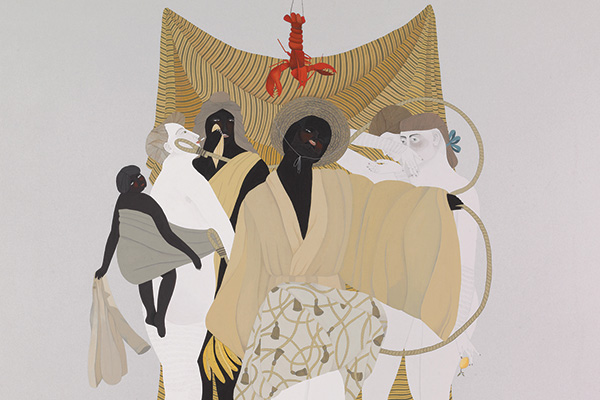And so here is Critic’s highly subjective overview of the contemporary New Zealand artists you really need to know.
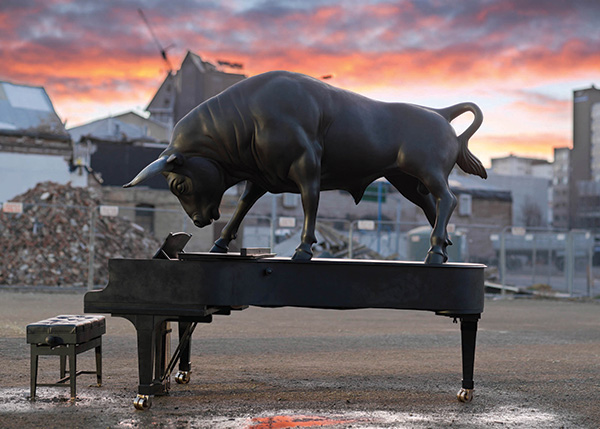
Michael Parekowhai
Although he hasn’t received the awards or fellowships of many of the other artists on this list, Parekowhai is a forerunner in the race to be recognised as New Zealand’s most important contemporary artist. Representing New Zealand at the 2011 Venice Biennale, and also exhibiting at other important international art fairs such as Art Basel, the Gwangju Biennale and the Sydney Biennale, Parekowhai has been on top form for over a decade.Parekowhai’s narratives are incredibly complex and shouldn’t be pigeonholed. However, they can be seen predominantly as commentaries on introduced species and culture, including the impact of New Zealand’s colonial history. To understand his strange narratives you need look no further than his Venice Biennale installation – On First Looking into Chapman’s Homer – which is now back on show in Christchurch. The featured works are surprising, humorous, and have a showman’s flair typical of Parekowhai.
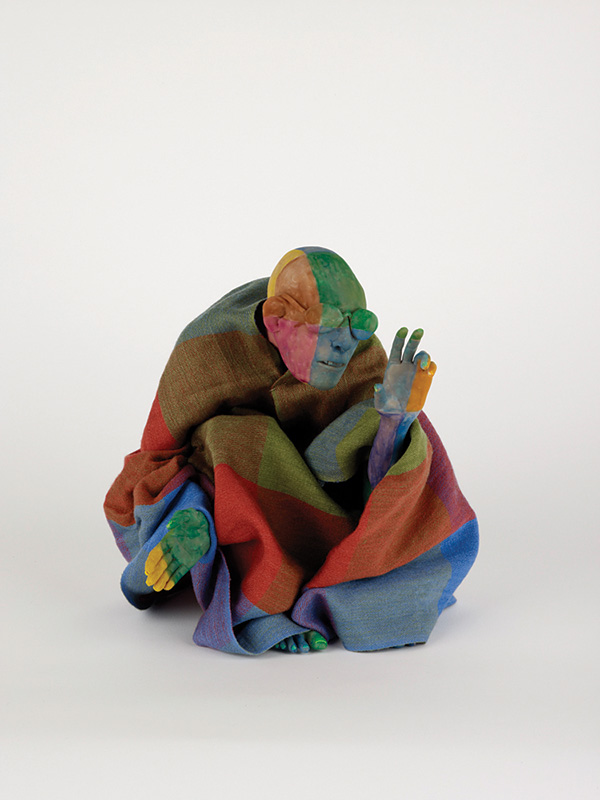
Francis Upritchard
As the Walters Prize winner in 2006 and the New Zealand representative at the Venice Biennale in 2009, Upritchard was already a big deal in New Zealand when the international market discovered her. She has, arguably, made the biggest name for herself out of New Zealand’s current group of contemporary artists; her works are held in collections such as that of the Saatchi Gallery, and are exhibited in more countries than could comfortably be listed here.Upritchard’s most well-known sculptures feature blanket-draped, psychedelically coloured people seemingly involved in a strange modern cult. They reference the failed counter-cultures of the 1960s and 70s that are still celebrated today, and also represent a contemporary grasping for spirituality and the struggle to find meaning in life.
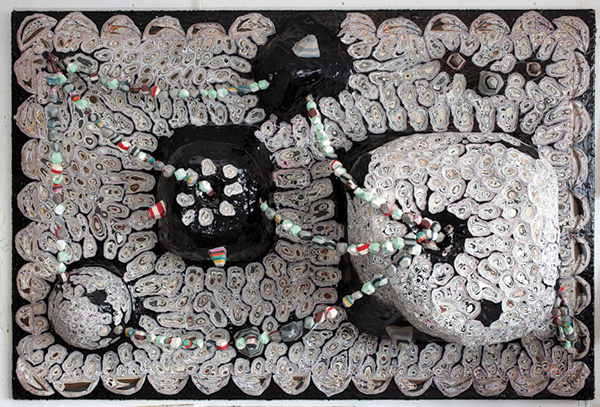
Rohan Wealleans
As the Frances Hodgkins Fellow, Wealleans exploded onto the New Zealand art scene in 2005, and followed up by winning the Wallace Arts Trust Premier Award the next year. Recently working with internationally renowned YBA (Young British Artists) member Sarah Lucas in both London and New York, Wealleans is fast gaining on Upritchard in terms of international recognition.Wealleans’ distinctive style involves building up layers of different paint colours and then cutting into them after they have set to produce bright topographical chasms. The parts cut away are often added back on as unruly mountains, the monstrous result a mixture between painting and sculpture.
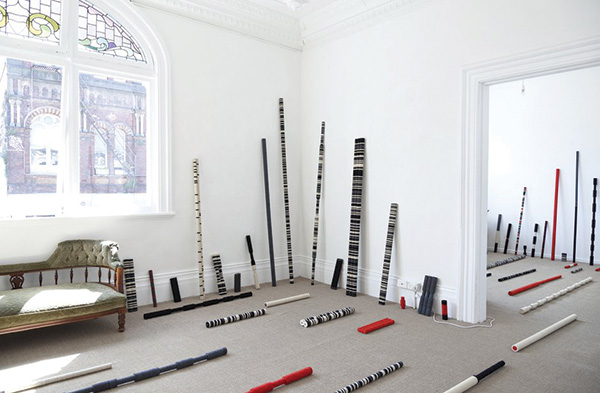
Peter Robinson
As the Walters Prize winner in 2008, New Zealand representative at the Venice Biennale in 2001, and a double exhibitor at the Biennale of Sydney (in 1998 and 2012), Peter Robinson more or less ticks all the official boxes. He is also equally renowned for his painting and his sculptural work.Robinson has long been the big man on the scene when it comes to challenging consumer culture and cultural mobility, drawing on historical references and his Maori roots. He has continued to produce phenomenal work recently in a relatively new sculptural series. His wool felt and aluminium rod sculptures are based on a collection of spirit sticks found at Te Papa and evoke themes of Maori ancestry and cultural fluidity. On the surface level they are intriguing pieces and, although you probably shouldn’t, they beg to be played with.
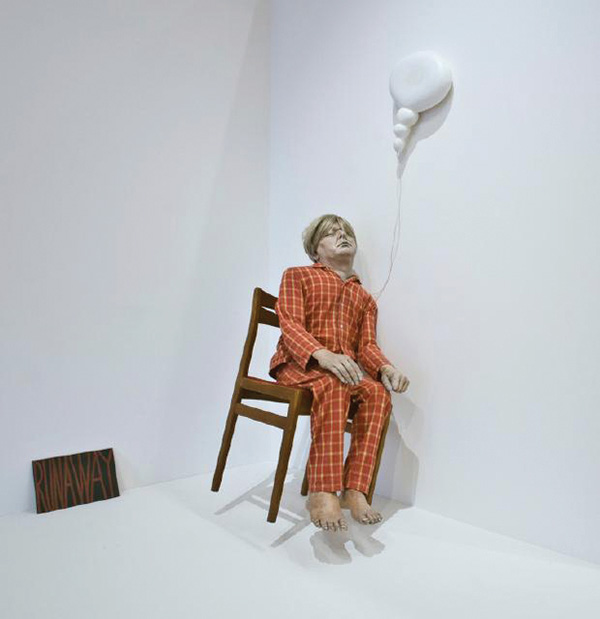
Ronnie van Hout
Although he may lack the paper credentials of many of the artists featured here, Ronnie van Hout is incredible. He exhibits regularly in New Zealand and Australia, and has featured in shows in the US, Germany, Austria and the Netherlands.Working predominantly in sculpture but often crossing over into photography, video, painting and sound recordings, van Hout’s work is characterised by self-portraiture and symbolic autobiography. The self-portraits are modest, reflective and often humorous, making them accessible and intriguing. In his 2005 piece Ersatz (Sick Child), for example, we see a precariously balanced model of van Hout with an empty thought bubble and a reserved, withdrawn posture. It is entertaining and down-to-earth, a piece that people go to a gallery specifically to visit.
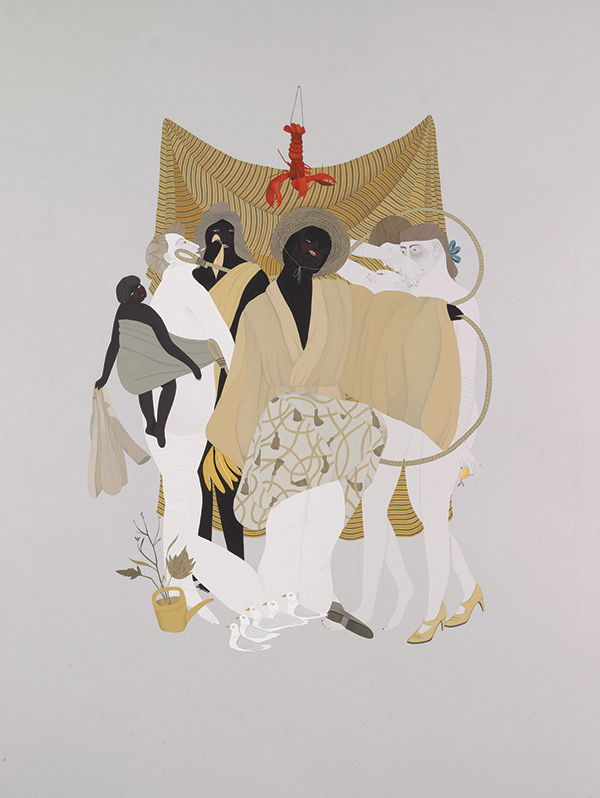
Kushana Bush
Another Frances Hodgkins Fellow (2011), Kushana Bush recently had her first solo show overseas at Sydney’s Daren Knight Gallery. Bush’s work is unique; she is loved both by those who value pure aesthetics and those who value intellectual analysis and challenging themesWhile the details in her work are incredibly fine and mesmerising, the general aesthetic can implant feelings of both jubilation and extreme uneasiness. Often utilising sex and sickly skin tones to evoke intrigue in her early work, Bush has changed tack since her fellowship – she now seeks to communicate a cosmopolitan ideal in which colour and gender differentiation are questioned and the walls of the home are opened so as to disallow personal isolation. Her works are complex and challenging, but one thing that all viewers understand immediately is that they are undeniably beautiful.
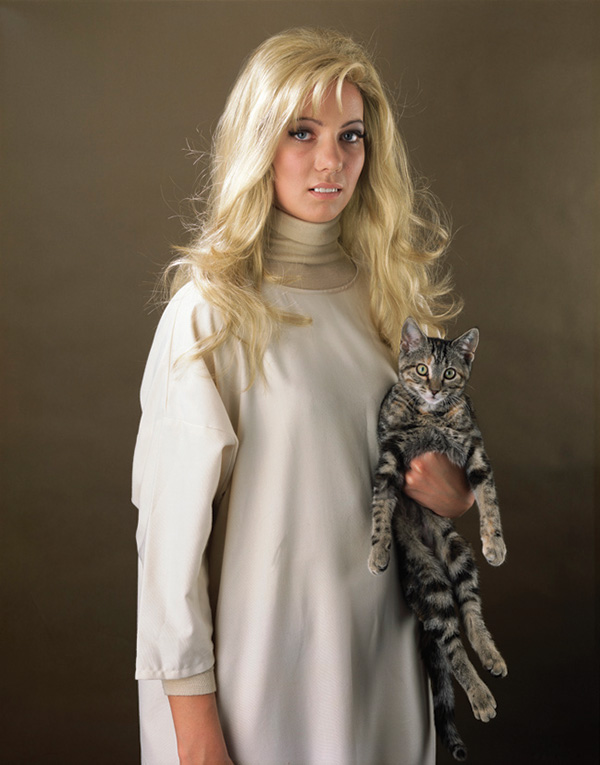
Yvonne Todd
The inaugural (2002) Walters Prize winner, Todd’s work is a seductive and disturbing commentary on popular culture and the glaring, confrontational nature of corporate photography.Her work has a transfixing ability to dehumanise her models, making them feel uneasy and fake. Early works often featured vacant gazes and antique clothing, but recently her photographs have received a slight rethink; her 2009 series The Wall of Man features random first-time models in exquisitely executed corporate setups with titles such as Senior Executive. The images fool you – you have no idea until reading about the exhibition later that these people are acting a part just as businesspeople act theirs, promoting a critique of the contemporary corporate image.


